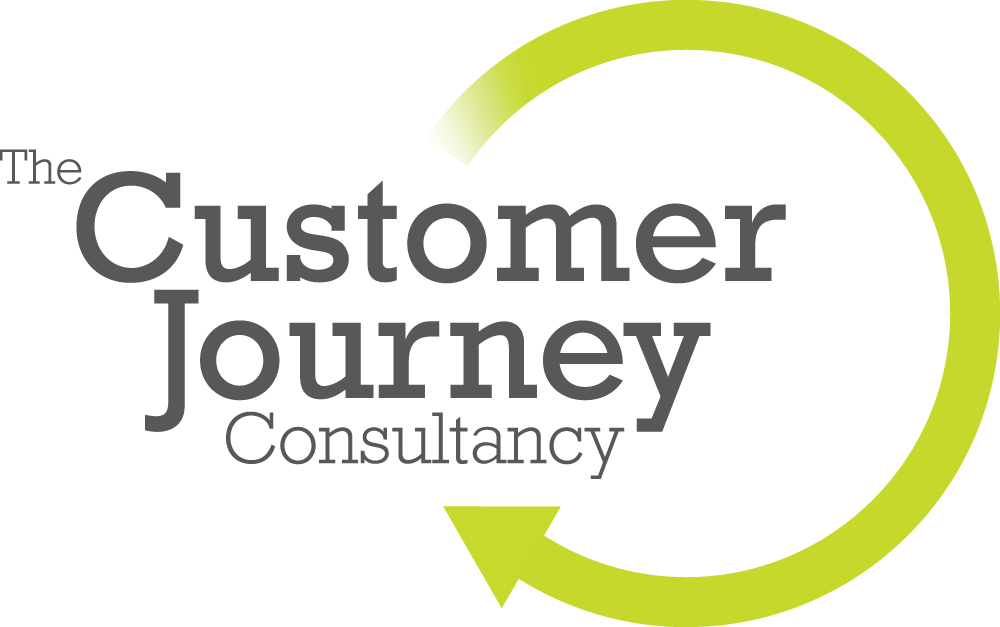Larger projects usually conclude with a CX strategy and roadmap. This lays out how the organisation can deliver and control substantial improvement to customer journeys.

A CX strategy and roadmap considers a number of questions such as:
- How to build momentum and confidence in the change?
- What building blocks in terms of systems and capabilities, will make the change easier to implement and sustain?
- Are the right skills and resources need to be in place to manage change?
- What governance structures are needed to ensure the organisation oversee the direction and pace of change?
Building a CX strategy
Customer journey mapping and other techniques generate a huge number of ideas for improvement. Organisations need to be sure that they only choose changes that will make a meaningful impact and that they have the capacity and capability to successfully implement.
To provide this assurance our CX strategy looks at each of these dimensions within the context of the ambition of the organisation.
Firstly we review the changes that have been proposed and prioritise them by two criteria: the impact they will have toward the desired goal and how much effort each will require.
We then consider if any changes must be made to organisational capability and capacity to ensure it can successfully deliver and sustain each change. This includes people, systems, organisational structure, culture and budget. In addition to these broad categories, we also look at two specific issues:
- The structure, size and responsibilities of the CX Team who will be central to the delivery of the plan.
- The CX governance structure that will give the business the oversight they need to monitor progress and to shape the direction and speed of change.
Sequencing deliverables
A roadmap shows how the changes should be sequenced.
Inevitably there are some elements of a strategy that are best done very early, such as internal communication and establishing roles and responsibilities. Quick wins, smaller pilots and low-hanging fruit are also priority actions. These ensure the programme develops credibility and allows people to become familiar with new ways of working before they move on to tougher challenges.
Organisations tend to focus on the delivery of systems changes, partly because they are familiar with these challenges. Whilst systems play an important enabling role, we always look for what can be done without major IT change. Afterall, the capability of most existing systems is not fully utilised and the biggest improvements to customer experience are usually to be had from changes to behaviour and culture.
How we develop a CX strategy and Roadmap
This work is usually the conclusion of a wider project to design better customer journeys using techniques like Customer Journey Mapping and customer research.
Ideally a CX strategy is informed by a structured CX Maturity Audit, a structured review of an organisation’s capability to achieve its CX ambition and reap the business benefits
This systematically evaluates and gives due weight to the required structures, culture and capabilities. It ensures any required changes to each of these dimensions can be included in the roadmap to give the business the best chance of success. Read more about a CX Maturity Audit here.
Where budget or timings do not allow for a full maturity audit we conduct a simplified version gathering information through structured interviews with senior managers and through learnings gleaned during earlier phases.
Developing a CX Strategy and Roadmap and presenting out recommendations typically takes between 2 and 4 weeks.
Examples of recommendations
For a major office provider our CX strategy identified three key areas of activity:
- Development of a dedicated project management capability so the business could sustain the delivery of cross-functional change projects
- Tracking the delivery quality of key services so management could measure progress and respond quickly to service issues
- Communicating a clear objective and introduction of a coaching culture to help their people get the best performance out of themselves and to reach their full potential.
For a large public sector provider we identified very different challenges:
- They needed to address, head on, internal cynicism of the organisations’ capability to deliver change and to implement a change management process to better support change through communication, training and ongoing performance management
- Develop a dedicated Client management structure so Client requests and day-to-day service delivery do not compete for the same resource
- Implement a workflow system to remove manual work-arounds and reduce error.
